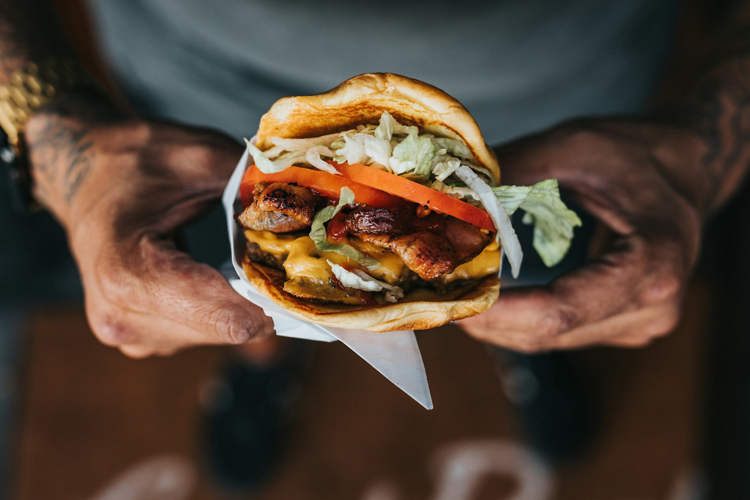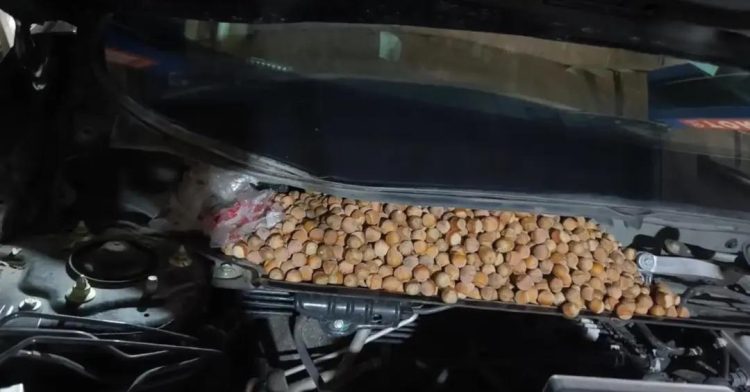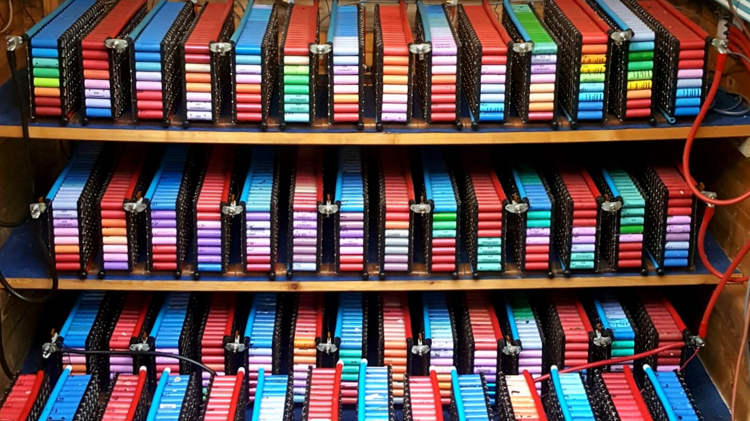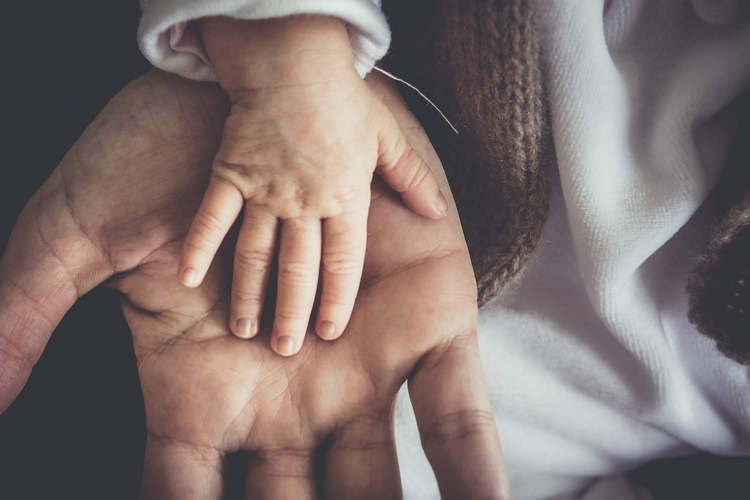In a fairy-tale world, you could kiss a frog and turn it into Prince Charming. No such luck in the real world. If it’s any consolation though, a Polish designer is converting thousands of toads into highly desirable fashion accessories. I mean, who wants men when you can have designer purses, right?
The highly poisonous cane toads live in the South Sea Islands in Australia. They are considered an invasive species, which means they are a serious threat to the native biodiversity of the continent. Introduced to Australia from Hawaii in 1935, their main purpose was to control the native cattle beetle. The mission failed and cane toads began to multiply at an alarming rate – there are now over 200 million of them. The Australian army was deployed to get rid of them by the thousands.
Putting the two stories (of Prince Charming and the Unwanted Toads) together is Polish designer Monika Jarosz. It all started when a friend gifted Monika a stuffed frog from New Zealand. “It disgusted me, but ended up fascinating me,” she says. The more she stroked it, the more she liked the idea of creating something from similar material. Soon the concept was born – leather purses and bags with the toad skin intact, head included.
Photo: Perleet Papillon
At first, Monika had no clue where to source frog skins from. She contacted several restaurants with frog legs on the menu, but to no avail. Finally, she struck gold when she heard of the cane toads of South Sea Islands. Her website states: “This highly poisonous toad is in the process of destroying several local species. Animal defence associations have recommended its selective elimination. In this way, each toad skin is recycled, not destroyed.”
Photo: Perleet Papillon
With the help of an Australian taxidermist from Cairns, Monika developed the process of converting these unwanted toads into high fashion accessories. Three years later she launched the brand ‘Kobja’, with a range of accessories like belts, bags and purses made of whole skins.
Photo: Perleet Papillon
According to the Kobja website, it takes over 14 stages to obtain high quality leather out of the toad skins. Once the taxidermy is complete in Australia, the skins are tanned, dried and colored in France. The leather is transported to a workshop in Paris to be cut, stitched and set with crystals or stones. The toad skin accessories are lined with lamb or goat skin for extra strength.
Photo: Perleet Papillon
Monika fondly remembers the initial days: “When I called Jean-Charles Duchene (who runs the tannery in Paris) for a quote, they thought it was a joke. It was a challenge because we had to adapt to the material. The toad skin is denser than lamb, the dye is fixed quicker and it needs less.”
Photo: Kobja
Monika has painstakingly worked on re-creating useless frog skins into something highly desirable for women around the world. Her line is now sold in luxury shops or concept stores in Asia, Europe and the US. The purses are priced between $300 and $350, and large bags can cost up to $1,600. Kobja products have developed a near-cult like following among customers. Some even write back to Monika, telling her about the names they’ve given their bags.
Photo: Kobja
The toad purses look very creepy to me, they’re almost alive. The picture of Monika kissing one on the lips is particularly disturbing. Forget about Prince Charming, I’d easily put a mile between myself and these purses. But so many women seem to love them, so who am I to judge?
Photo: Kobja
Sources: News.com.au, The Journal




















